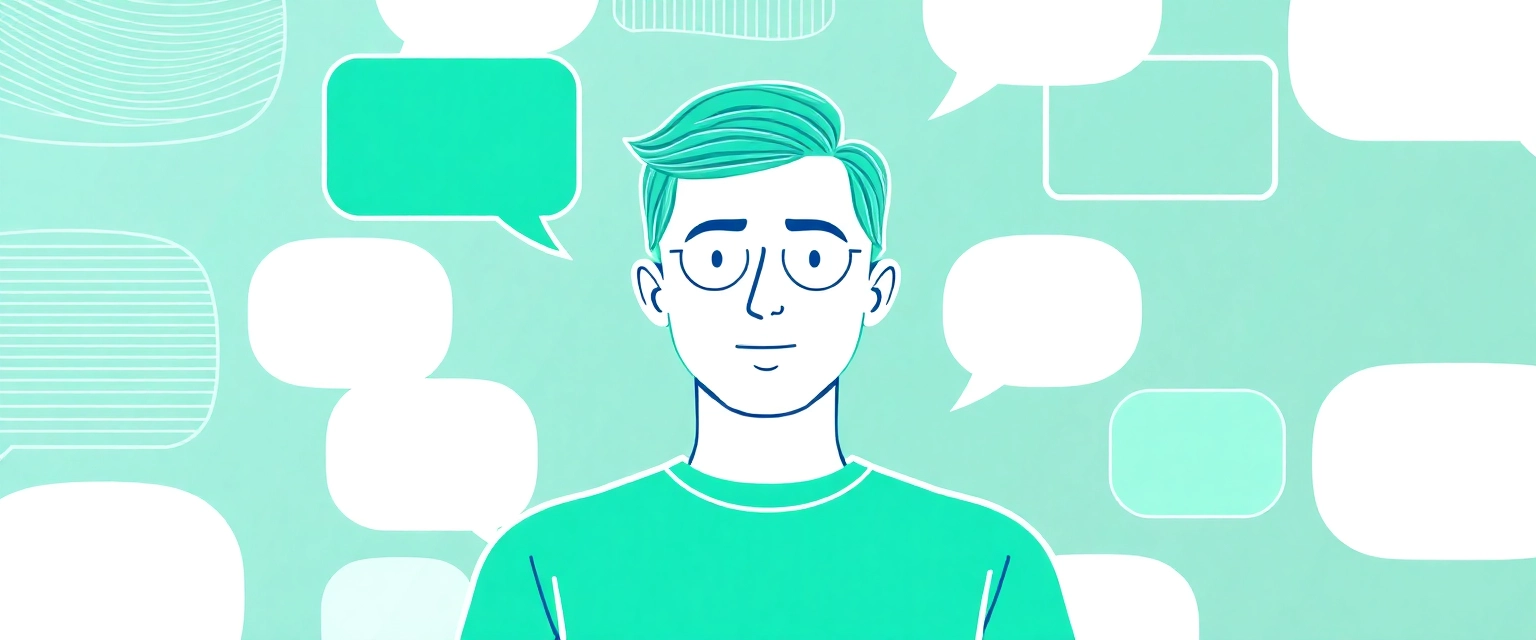
Dyslexia and Learning a Second Language
📱 Quick Version Available!
Watch the short video for key highlights, but don't miss the in-depth insights in the article.
Learning Languages with Dyslexia: A Natural Approach That Actually Works
If you have dyslexia, you've probably been told that learning a new language will be extra challenging. The truth? Dyslexia doesn't prevent you from becoming fluent in another language. Your brain simply processes language differently—and with the right approach, this difference can actually become an advantage.
Traditional language learning methods often work against how dyslexic brains naturally learn. But there's a better way: Comprehensible Input combined with multisensory techniques that make language acquisition feel natural and stress-free.
Understanding Dyslexia and Language Learning
Dyslexia affects reading, writing, and sometimes speaking. When learning a new language, this can create specific challenges:
- Difficulty recognizing sounds and connecting them to letters
- Problems with memorizing vocabulary lists
- Struggles with traditional grammar rules
- Slower processing of written text
But here's what many people don't realize: these challenges don't define your language learning potential. With the right strategies, people with dyslexia often become excellent language learners because they develop strong listening skills and creative problem-solving abilities.
What is Comprehensible Input?
Comprehensible input is a game-changing concept developed by linguist Stephen Krashen. Simply put, it means learning through content that's slightly above your current level but still understandable.
Think of it this way: instead of memorizing grammar rules, you absorb language naturally through stories, conversations, and media that make sense to you. Your brain picks up patterns automatically—just like how you learned your first language as a child.

6 Proven Strategies for Success
1. Start with Your Ears, Not Your Eyes
Why it works: Listening bypasses many reading difficulties and helps you develop a natural feel for the language.
How to do it:
- Listen to podcasts, audiobooks, or YouTube videos before reading transcripts, then do it again, with the transcript open (if available)
- Watch shows with subtitles in the target language (not your native language)
- Use audio-first language learning apps
- Listen to the same content multiple times until it feels familiar
2. Use Multimedia Flashcards
Why it works: Visual organization helps structure information, and sentence-based cards show grammar in context.
How to do it:
- Create flashcards with an example sentence, image and audio file, not just single words
- Use different colors for different word types (verbs in red, nouns in blue, etc.)
- Include context clues and example situations
- Try apps like Lenguia, Anki or Quizlet for digital organization
3. Master Spaced Repetition
Why it works: Your brain retains information better when reviewed at strategic intervals, which is especially helpful for dyslexic learners.
How to do it:
- Review new material after 1 day, then 3 days, then 1 week, then 1 month
- Use one of the previously mentioned apps to schedule these reviews automatically
- Focus on the multimedia approach instead of isolated words
- Practice using new language in real conversations to reinforce learning
4. Learn Grammar Through Patterns, Not Rules
Why it works: Pattern recognition often comes naturally to dyslexic learners, while memorizing abstract rules can be frustrating.
How to do it:
- Immerse yourself in simple stories and conversations
- Notice how sentences are structured without studying formal grammar
- Collect example sentences that follow similar patterns
- Let your brain discover grammar rules naturally through exposure
5. Make Everything Visual
Why it works: Visual cues help dyslexic learners organize and remember information more effectively.
How to do it:
- Use highlighters to mark difficult sounds or syllables
- Create mind maps connecting related words and concepts
- Use rulers or reading guides to follow text more easily
- Draw pictures or diagrams to represent new vocabulary
6. Practice Without Pressure
Why it works: Fear of mistakes often holds dyslexic learners back, but real fluency comes from communication, not perfection.
How to do it:
- Find language exchange partners who are patient and encouraging
- Record voice memos to practice pronunciation privately
- Think in your target language during daily activities
- Focus on getting your message across, not on perfect grammar
A Comparison of Effective Strategies
| Strategy | Primary Benefit | Best Tools |
|---|---|---|
| Audio-First Learning | Bypasses reading difficulties | Lenguia, podcasts, audiobooks |
| Smart Flashcards | Organized, contextual learning | Lenguia, Anki, Quizlet |
| Spaced Repetition | Long-term retention | Lenguia, Anki, Quizlet |
| Pattern Recognition | Natural grammar acquisition | Lenguia, stories, books, conversations |
| Visual Organization | Better information processing | Colors, diagrams, physical flashcards |
| Pressure-Free Practice | Builds confidence | Language exchanges, Tandem, Italki |
Why This Approach Works Better
Traditional language learning often feels like fighting against your brain. You're expected to memorize lists, follow rigid rules, and perform perfectly from day one. For dyslexic learners, this creates unnecessary stress and often leads to giving up.
The comprehensible input approach works with your brain instead of against it:
- It's visual and auditory - engaging multiple senses like you naturally prefer
- It's context-based - showing you how language works in real situations
- It's stress-free - focusing on understanding rather than perfection
- It's natural - mimicking how children learn their first language
The Lenguia Advantage
At Lenguia, we understand that dyslexia isn't a barrier—it just requires a different learning style that non-dyslexic people can benefit from as well! Our platform is specifically designed with these principles in mind:
- Multisensory flashcard that engages visual, auditory, and kinesthetic learning
- Audio for stories, articles & more
- Context-rich materials that show language in real situations
- Stress-free environment that allows you to define your own pace
Ready to discover how natural language learning can work for you? Visit lenguia.com and start your personalized language learning journey today.


